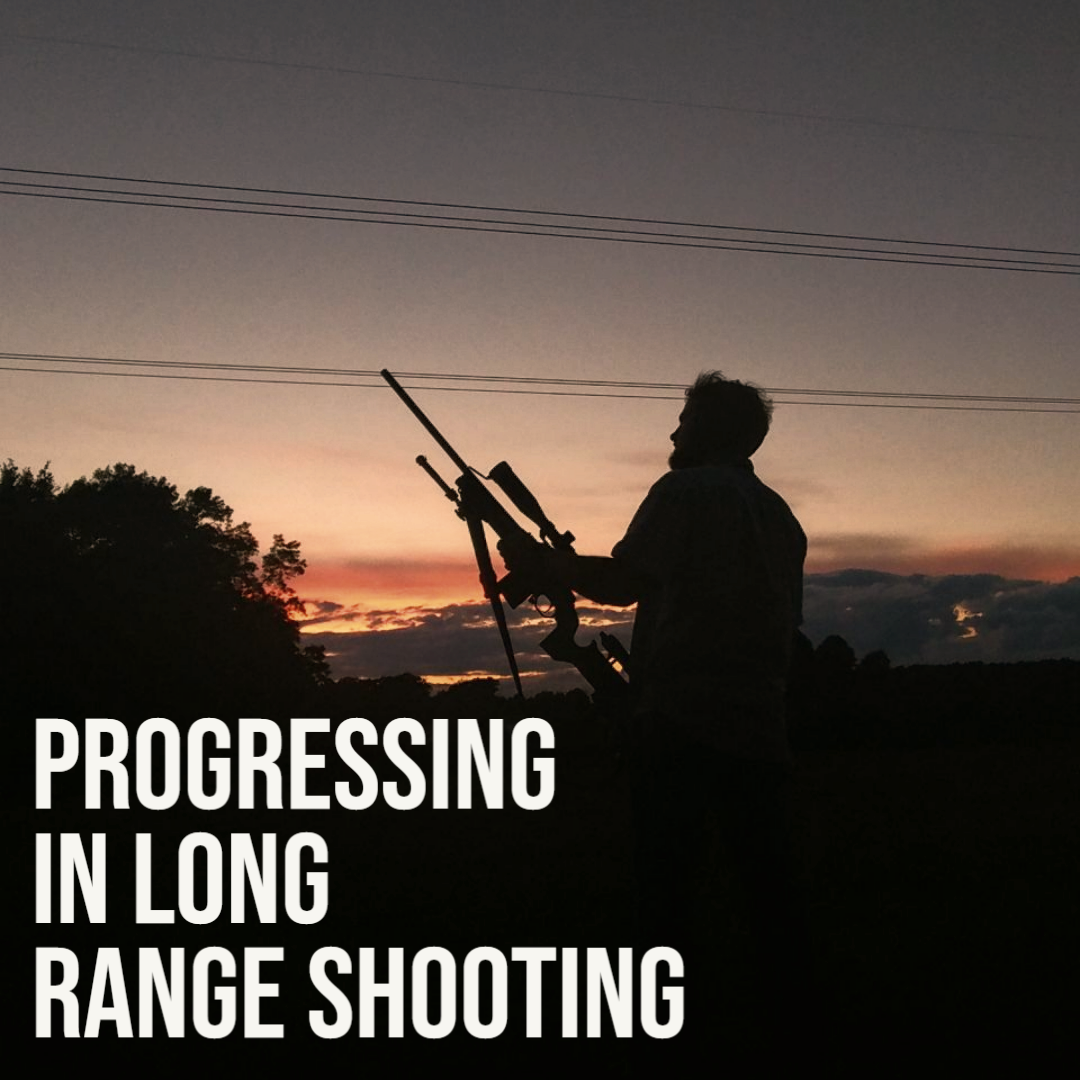Cart
Your cart is empty
Looks like you haven’t added anything yet, browse our sale below!
Continue Shopping
In the last blog we talked about a really simple method to achieve great results in long range shooting with minimal effort. In this blog, we're going to talk about the things that will require more from you but can take your long range system to the next level.
Bryan Litz’s books Accuracy and Precision for Long Range Shooting and Applied Ballistics For Long-Range Shooting (in that order) are the gospel of long range shooting. It’s technical and data-driven, yet explained in a way that anybody can understand it with a little studying. Once you understand the topics in this book, you’ve got a super power. You will have a much better idea of what changes can have the greatest impact on improving your rifles/ammo’s experience. And if you want to get into load development you’ll have the vocabulary and framework you need to get started.
Before you buy a barrel, please consider what level of precision your application requires. Are you hoping to kill varmints at 300 yards? You might only need a 1.5 MOA gun. Do you want to be able to shoot 2/3 size IPSC target out to 500 yards? You only need a 2 MOA gun. But if you’ve gone through the steps in the previous post and you can’t get better than 2-3 MOA, even 1 MOA, then you’re probably going to need to get a better barrel. You get what you pay for here, but remember: cheap ammo through a nice barrel still shoots like cheap ammo. Shoot match ammo and “see what your rifle likes” If you want to get the most out of that nice barrel, see the next point.
My bolt gun will shoot .5 MOA with Hornady Match. But it will shoot .12 MOA with my reloads. Beware, load development and reloading is not something to be taken on lightly. There’s are huge knowledge and financial costs to consider. It’s almost laughable to summarize this under one point because there is simply so much that goes into this. But developing a cartridge tailored to your rifle is where you can remove the last little bit of major variation in the platform. Much of this can be learned from folks on YouTube, folks like Erik Cortina and Gavin at Ultimate Reloader have some good info, but I recommend you befriend somebody who already does precision reloading and ask them to teach you their craft.
I’m not a proponent of recalculating a firing solution in the field. But, there is something simpler you can do to help increase your odds of a first round hit. Collect your environmentals when you shoot and keep record of them. These can be inputted into a binder or spreadsheet and organized by condition. Next time you find yourself in similar conditions, you can use the DOPE that you knew worked then. You CAN do this analog, but a Kestrel meter will log all of this data for you and learn to better compute firing solutions. Note: both of these are slow. Often, your generic DOPE will be sufficient.
At this point, you’ve done just about all you can to remove variation from your system. Great! Now you do the hardest work: Accounting for the thing you can’t control: The wind. You’re never done learning to read the wind, but you can improve. This is where long range moves from science to art. There’s no way to quantify the complex, ever changing fluid that stands between you and the target. You have to develop an intuition about how the wind will affect your trajectory and continue to train that through practice.
Looks like you haven’t added anything yet, browse our sale below!
Continue Shopping
Leave a comment
This site is protected by hCaptcha and the hCaptcha Privacy Policy and Terms of Service apply.